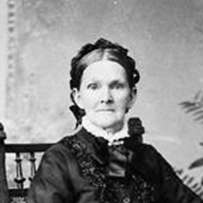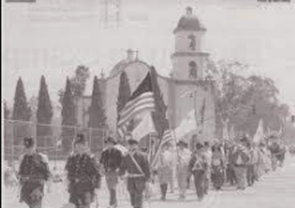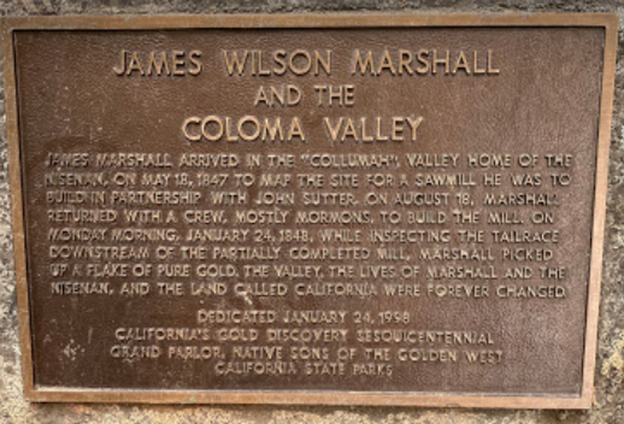UPDATE: Hello again friends. First, an update on last month’s pool hall story. An investor bought the Pastime–which was originally the town’s first movie theater back in the silent movie days–in 2013 for $965,000, and sold it for $9.3 million after demoing it and developing it into something more fitted to the value of the real estate. Hustlers come in many flavors. We needed another Starbucks!)
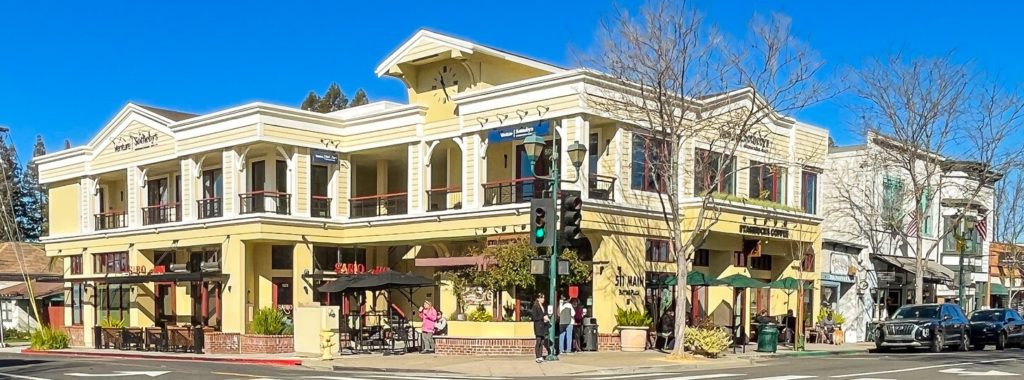
Now, this month’s story in a tale of love, devotion, suffering, blood, gold and final redemption. Not only did the participants change their own history, but the history of several states, the nation, and indeed the world.
For this month’s story, we have a readalong video. Many thanks to those who contributed, especially Mary Rhoades, ace narrator and loving wife of Scott, who puts this whole blog thing together for me.
Hope you enjoy another episode from the ancestral archives.
Hello,
My name is Sara Ricks. I have been known as Sara Beria Fiske, Sara Allen, and Sara Ricks in my lifetime. I was born on the first of September 1819 in Potsdam New York. I married Ezra Hela Allen in 1837. We were both members of The Latter Day Saints (Mormon) Church.
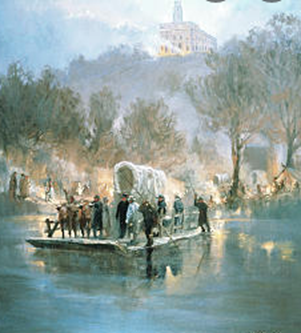
After the members of our Church were expelled from their homes in Nauvoo, we were camped out in Missouri when some soldiers from the U. S. government arrived. They asked Brother Brigham to raise 500 of our best men to help them fight the Mexican War in far off California. That was about 2,000 miles away, a long trip on foot.
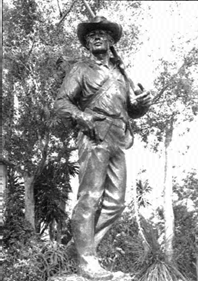
Ezra was recruited to join the soldiers, and my two daughters and I agreed to stay in a log cabin on the banks of the Missouri river to await his return, possibly years in the future. Brother Brigham promised the soldiers that none of them would be killed (which turned out to be true) and promised to care for all of us who remained in what became known as Winter Quarters.
The Mormon Battalion, as it was called, left Missouri in 1846 and marched (walked) all the way to San Diego, arriving just in time to witness the end of the War. The men hired out to local citizens to dig wells and construct other buildings, earning money to finance their trip to reunite with their families in Salt Lake City, where they had arrived in 1847. Or in our case, all the way back to Winter Quarters where most of the “Saints” remained waiting for the means to travel west. The money paid to the Battalion was paid in advance to Brother Brigham and used to finance the first 1847 “Pioneers” trip to the Salt Lake valley.
Ezra was a good worker, and when he had sufficient funds, he and a group of other discharged soldiers traveled north up California’s central valley to Sacramento where they found work at Sutter’s Mill. There, they spent the winter of 1847/8 building a mill and other buildings to earn money for the trip across the Sierras, and the long return east to see their families.
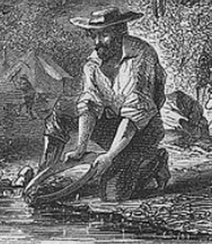
As you all know, gold was discovered in January of 1848 by members of the Battalion working for John Marshall at Sutter’s Mill. “Mormon Island” as it was called, was the richest find of the entire gold rush. Brother Brigham sent word that the men should stay in California and earn money, as he didn’t want any more mouths to feed in the salt desert, which became Salt Lake City.
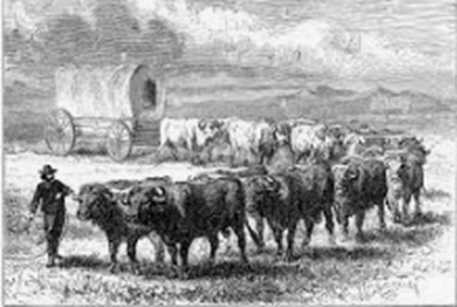
Ezra and the other men stayed and worked the gold fields until July of 1848, when they finally left for the trip east. By now the group of about 44 men had several good wagons, a herd of livestock, and a substantial amount of gold which they intended to tithe to the Church at 10% upon arrival in Salt Lake. Ezra had two leather bags to hold his gold, which he wore around his neck for safe keeping.
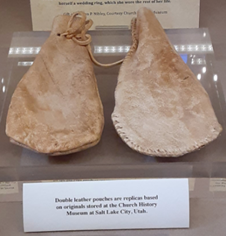
The trip over the Sierras on what was known as Carson Pass (modern day State Route 88) was more difficult than anticipated. It was well traveled by horse and mule, but no one had tried it with wagons. Trees and boulders had to be removed to make way for 4 wheels. Near the top Ezra and 2 other men went ahead to scout a path, and unfortunately were killed one night by Indians, and buried in shallow graves.
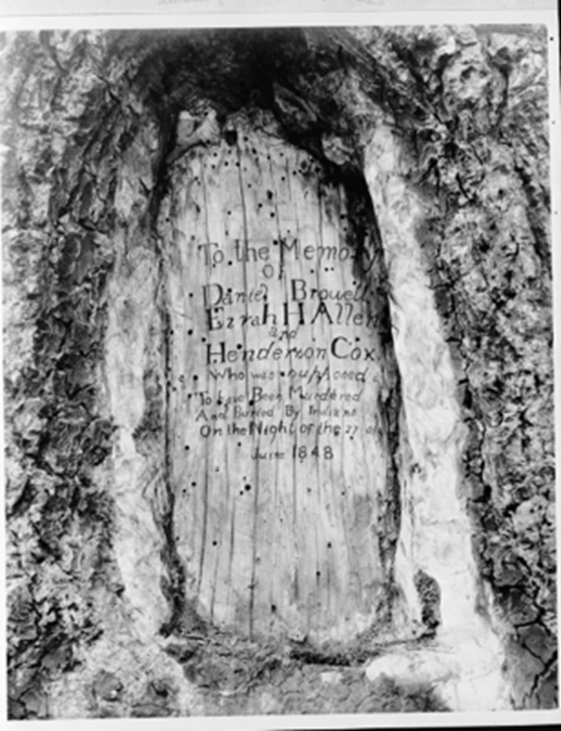
The following party found the graves, reburied the men, and marked the site as Tragedy Spring. The site is well marked and easily accessible from the highway, along with the trail known as Mormon Trail wh,ich parallels the highway for about five miles. The tree section is now in a museum and has been replaced by a more durable brass plaque.
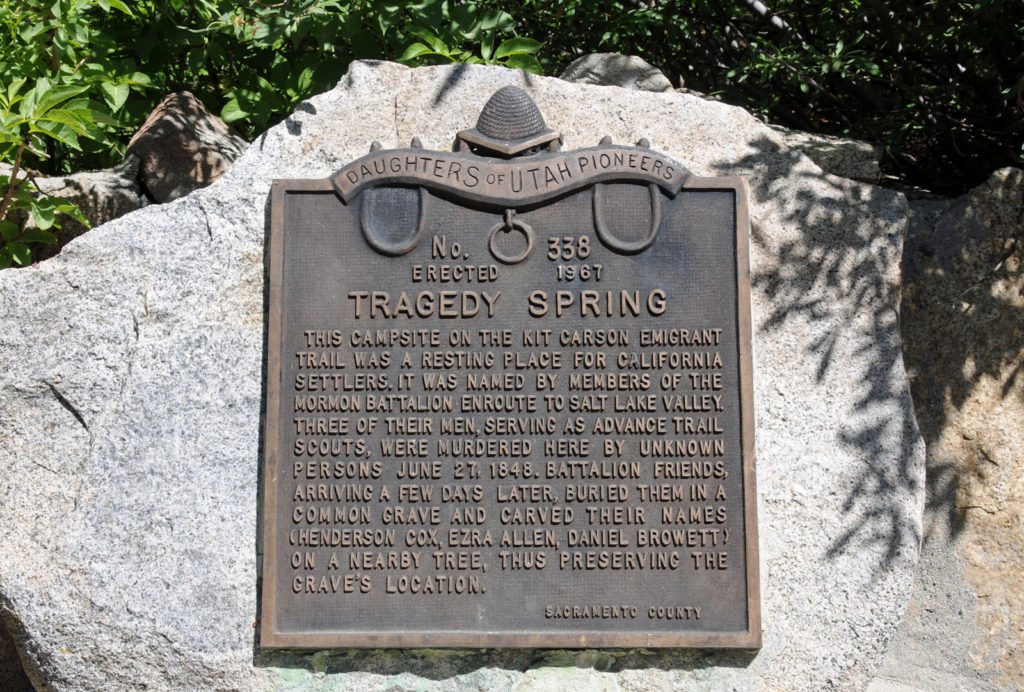
By some miracle, the two bags of gold were lying on the ground by the shallow graves when Ezra’s friends found them. They vowed to bring them to me, still waiting at Winter Quarters. The bags contained $120 in gold dust and nuggets, about $ 4,300 dollars in modern money. I used the gold to outfit myself and my two daughters for the trip west, reserving just enough to make me a ring, which I still wear.
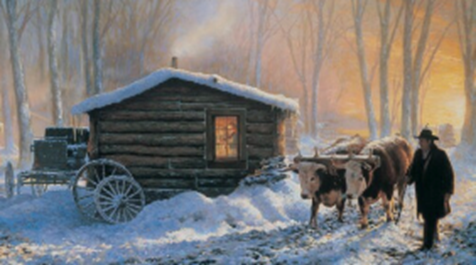
When I arrived in the Salt Lake valley in 1850, one of the brethren had just completed a new stable. It had never been used and I moved my family and belongings into that, my first home in Utah.
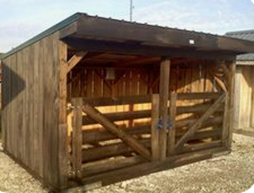
Many days, I went into the hills to dig segos to help provide food for myself and my family.
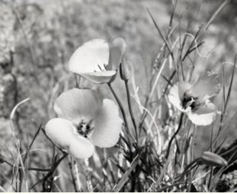
In 1854, Joel Ricks, whom my husband had known in Nauvoo, built a large comfortable home nearby and asked me to come and share it with him and his family. We were married some time afterward.
My new husband engaged in farming and was one of the early settlers of the Cache Valley in 1859. At first we all lived in a bush bowery, sleeping in a wagon box.
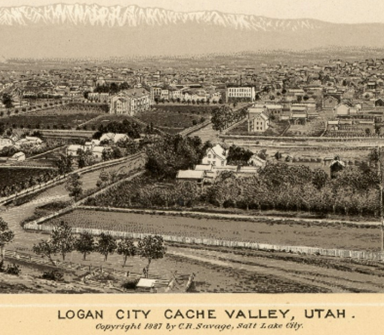
After some while, Brother Ricks commissioned a large eight room home be built of stone on the north west corner of Center and Main Streets, and I lived there the rest of my days. I had six more children, two of whom died at a young age.
Business buildings have since replaced our house, but the hand laid rock foundation is part of one of them.
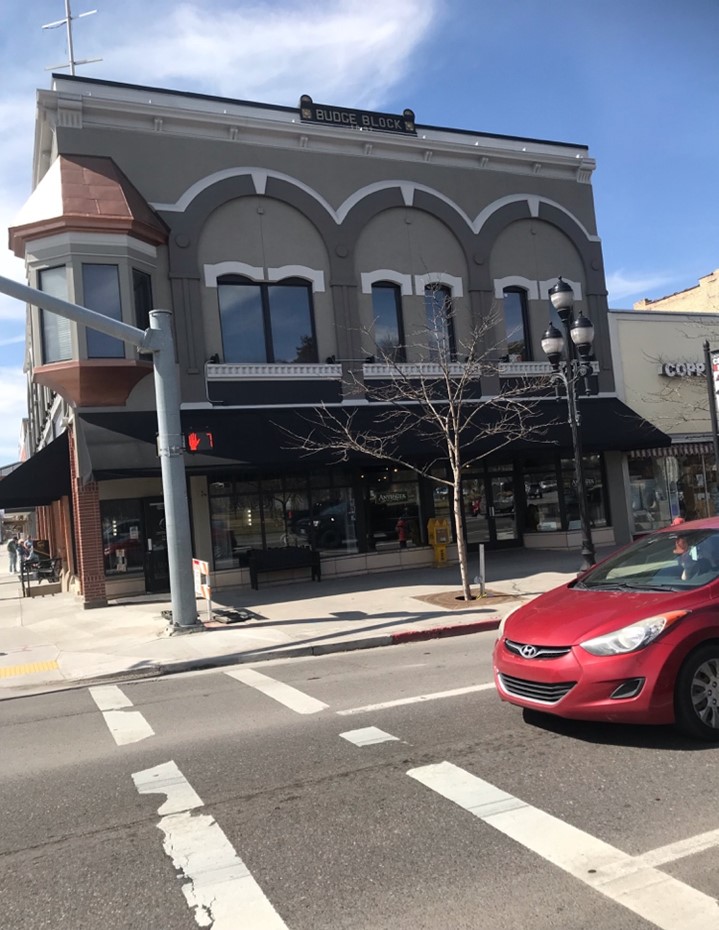
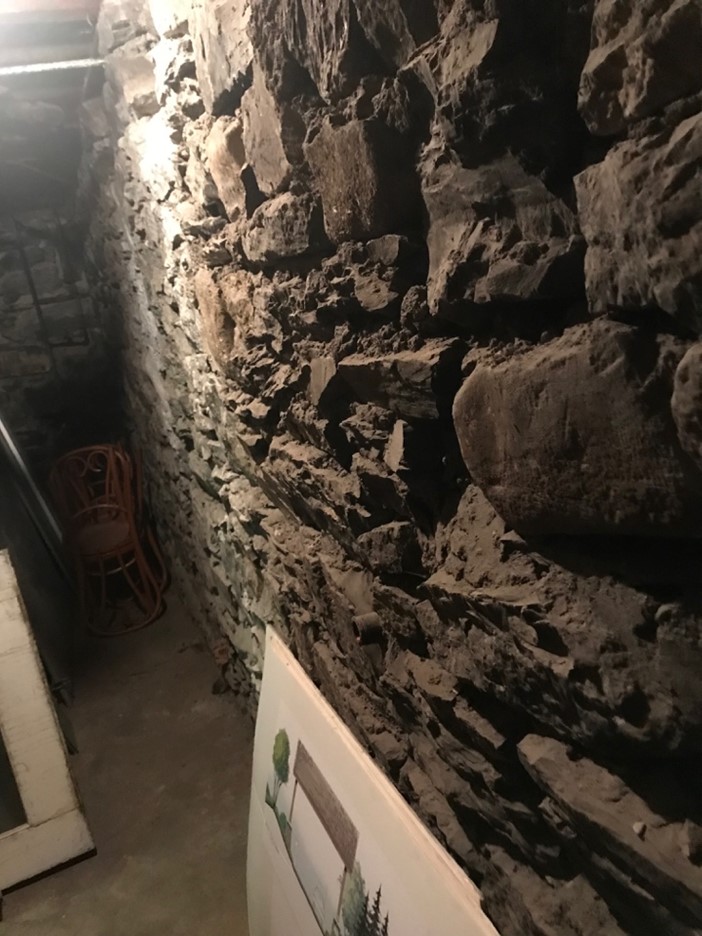
I rejoined my heavenly family in 1891 at age 71. A large stone monument marks where my earthly family has laid me to rest in the Logan cemetery.
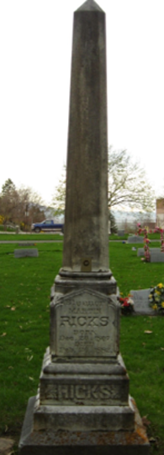
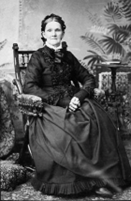
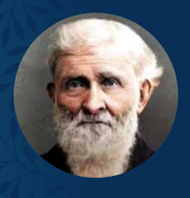
Many thanks to all those who helped with this story. Special thanks to Sharon Johnson and the Cache Valley D.U.P.

